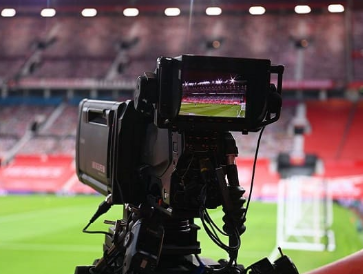From Radio to 4K: A Journey Through Sports Broadcasting

Sports broadcasting has come a long way from its humble beginnings of radio commentary to the mesmerizing 4K visuals we know today. This post explores the milestones in sports broadcasting history and highlights how technology has redefined the way fans experience their favorite games.
The Era of Radio Commentary
It all started in the 1920s when Sports broadcast (스포츠중계) commentary hit the airwaves. Radio broadcasts brought games directly into living rooms, captivating audiences with vivid descriptions that painted pictures in listeners’ minds. Stations like KDKA in Pittsburgh were pioneers, bringing games like baseball and boxing to life for eager sports fans. Though there were no visuals, the excitement created purely through words had a charm that fans still reminisce about today.
The Advent of Television
The 1930s introduced television into the sports broadcasting world. Suddenly, fans were not just listening; they were watching their favorite teams and athletes in action. Events like the 1936 Summer Olympics in Berlin were telecasted to a select audience, laying the groundwork for television’s growing role in sports. By the 1950s, live broadcasts became incredibly popular, with sports like baseball, football, and basketball dominating the small screen.
Color TV Changes the Game
Fast-forward to the 1960s, when color technology made watching sports an even more thrilling experience. Fans could see team uniforms, field conditions, and even subtle referee gestures in vivid color, adding more layers of immersion. With color broadcasts, sports leagues and broadcasters were also able to explore sponsorship and advertising opportunities more effectively, setting the stage for major commercial success.
Enter the Digital Age
The digital revolution of the 1990s and early 2000s took sports broadcasting to new heights. High-definition (HD) brought unprecedented clarity and detail, giving fans the feeling of being at the game, whether watching from their living rooms or at sports bars. Additionally, cable networks like ESPN transformed how often and what sports fans could watch, offering 24/7 coverage.
This era also marked the birth of video replays and analysis tools, where fans could relive their favorite moments or gain deeper insights into gameplay.
4K and the Age of Immersion
Today, 4K technology has become the gold standard in sports broadcasting, offering incredible resolution and lifelike detail. Advanced cameras and angles make fans feel closer than ever to the action, from courtsides to end zones. Innovations like interactive features, augmented reality (AR), and virtual reality (VR) further elevate fan experiences.
Streaming platforms have also democratized sports broadcasting, granting global audiences easy access to their favorite teams and matches on-demand. Services like DAZN and Amazon Prime are prime examples of the shift from traditional broadcasting to digital-first experiences.
What’s Next?
As technology continues to evolve, so too will sports broadcasting. With experiments in AI-driven commentary, 8K broadcasts, and hyper-personalized viewer experiences already in motion, the next chapter in sports broadcasting promises to be as thrilling as the games themselves.
Sports broadcasting’s evolution is proof of technology’s ability to connect fans closer to their favorite events, creating unforgettable shared moments.